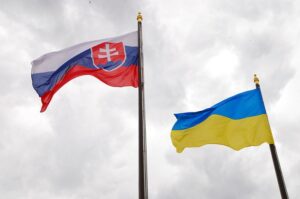
Ukraine and the Slovak Republic have signed an agreement on technical and financial cooperation and a joint roadmap.
On the Ukrainian side, the agreement was signed by Deputy Prime Minister for European and Euro-Atlantic Integration Taras Kachka following joint Ukrainian-Slovak intergovernmental consultations on Friday.
The countries also signed a protocol between the governments on border crossing points across the common state border. On the Ukrainian side, the document was signed by Deputy Prime Minister for the Restoration of Ukraine – Minister of Community and
Territorial Development Oleksiy Kuleba.
In addition, an agreement was signed between the countries on mutual understanding regarding the placement of Ukraine’s diplomatic mission in Slovakia and Slovakia’s diplomatic mission in Ukraine. On the Ukrainian side, the document was signed by Minister of Foreign Affairs Andriy Sibiga.
Prime Minister of Ukraine Yulia Sviridenko and Prime Minister of the Slovak Republic Robert Fico signed an agreement on the exchange of information on labor mobility, as well as a joint roadmap.
As reported, joint Ukrainian-Slovak intergovernmental consultations are taking place on Friday with the participation of Ukrainian Prime Minister Yulia Sviridenko and Slovak Prime Minister Robert Fico.
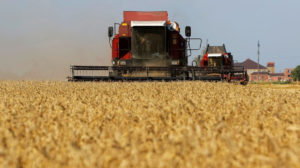
Slovakia and a number of EU countries bordering Ukraine are advocating the creation of a special fund to compensate their farmers for losses caused by the growth in imports of Ukrainian agricultural products. This was announced by Slovak Minister of Agriculture Richard Takáč (Smer-SD) following a meeting of the EU Council on Agriculture in Brussels, according to the TASR news agency.
According to him, the European Commission had previously talked about a 25% increase in quotas for Ukrainian goods, but in reality the figures are much higher — “for honey and sugar, the increase is 400-500%.”
“One problem is quantity, another is product quality and safety. European farmers are required to comply with strict rules on fertilizers, pesticides, and EU standards, while in Ukraine such standards are often absent,” Takáč emphasized.
The minister noted that it was Ukraine’s neighboring countries, which experience the main influx of products, that approached the European Commission with this initiative, while Western European countries often benefit from cheaper imports and do not feel the pressure.
Takach suggested that Slovakia would not be able to “achieve 100% success” in the negotiations, but he is counting on a compromise solution.
“In the new EU financial plan and within the framework of the common agricultural policy, I see an opportunity to create a fund specifically for countries bordering Ukraine. This fund should compensate our farmers and processors for their losses,” he said, adding that Slovakia will seek support through the government and the prime minister.
According to him, agreements on this have already been reached with his Polish counterpart. The issue of increased quotas for Ukrainian agricultural products will also be discussed during the upcoming joint meeting of the governments of Ukraine and Slovakia.
Since 2022, the EU has provided Ukraine with unprecedented access to the common market to support the economy in wartime. However, a number of Eastern European countries — Poland, Hungary, Romania, Slovakia, and Bulgaria — have repeatedly complained about the growing pressure on their producers of grain, sugar, and other crops.
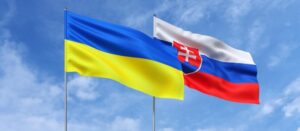
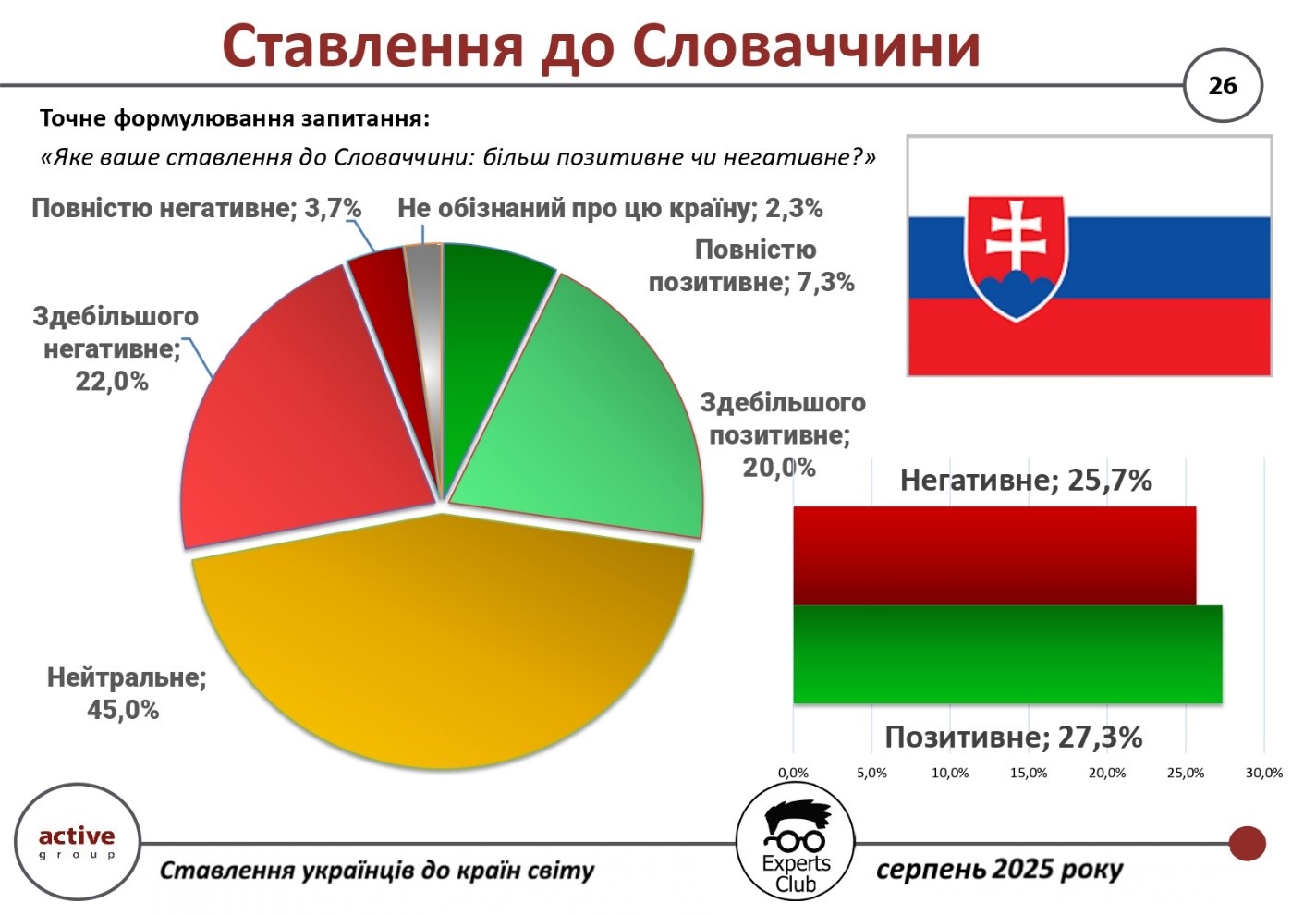
A sociological survey conducted by Active Group in cooperation with the Experts Club think tank in August 2025 showed that Ukrainians’ attitudes toward Slovakia are quite controversial.
According to the results, 27.3% of respondents demonstrated a positive attitude toward this country (20.0% – mostly positive, 7.3% – completely positive). At the same time, 25.7% of Ukrainians expressed a negative opinion (22.0% – mostly negative, 3.7% – completely negative). A significant part of citizens – 45.0% – remain neutral, and another 2.3% said they do not have enough information about Slovakia.
“We observe a kind of balance between positive and negative perceptions of Slovakia. On the one hand, there is historical and geographical proximity, cultural contacts, and on the other hand, tense moments in the political dialogue in recent years. This creates an ambiguous picture,” explained Oleksandr Poznyi, co-founder of Active Group.
In his turn, Maksym Urakin, founder of Experts Club, drew attention to the economic dimension of bilateral relations.
“In the first half of 2025, the trade turnover between Ukraine and Slovakia amounted to more than $1.48 billion. At the same time, exports from Ukraine amounted to $483.7 million, while imports from Slovakia amounted to almost $999.1 million. The negative balance of more than $515 million indicates an imbalance in trade, which also affects the public perception of the country,” he emphasized.
The survey was part of a broader study of international sympathies and antipathies of Ukrainians in the current geopolitical context.
The full video can be viewed here:
https://www.youtube.com/watch?v=YgC9TPnMoMI&t
You can subscribe to the Experts Club YouTube channel here:
https://www.youtube.com/@ExpertsClub
ACTIVE GROUP, DIPLOMACY, EXPERTS CLUB, Poznyi, SLOVAKIA, SOCIOLOGY, TRADE, URAKIN
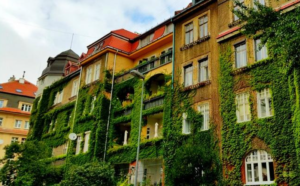
The Relocation.com.ua project has prepared a fresh overview of the Slovak housing market (in the first half of 2025) in three sections — prices/sales, rentals, and construction:
Prices and sales continued to grow. In Q2 2025, the average price of residential real estate in Slovakia rose to €2,777/m², which is +12.8% y/y (and +2.9% compared to Q1). This is a new historical maximum according to NBS data. In Q1, the figure was €2,700/m² (+11.4% y/y). Growth is synchronous for apartments and houses, faster in large cities and regional centers.
The capital has seen a sustained upturn: according to media market data, in Q2, the average price of apartments approached €3,100/m², exceeding the peak of 2022 (the old housing stock is growing faster than new construction).
After a weak Q1 (due to the effect of the VAT increase from 20% to 23% from 2025), Q2’25 in Bratislava showed a sharp rebound — ~797 new buildings sold, which is +60% q/q and the second-best result in four years. For the whole of 2024, sales of new buildings in the capital doubled (1,664 vs. 773 in 2023) — part of the demand was “carried over” due to VAT.
The cost of local mortgages continues to normalize: the average rate for residential loans with a 5–10-year fixed term in June was ~3.0%, which supports solvent demand.
The rental market in 2025 is “cooler” than the price market. The supply of apartments for rent has increased, and average rates in a number of regions have been adjusted downward. At the same time, Bratislava remains the most expensive: the average rent is ~€890/month; the most affordable region among the large ones is Trenčín (~€544/month). There is a significant spread across the capital’s districts.
The gross rental yield in the country is about 4.9% (Q2’25); a year ago it was ~5.3%: profitability is slightly “eaten away” by the outpacing growth in purchase prices.
Housing construction is slowing down: in Q1 2025, 3,119 apartments/houses were completed — the lowest number in 9 years, −24% y/y (data from the State Statistics Office). This is the result of a weak flow of starts in 2023–2024 against the backdrop of expensive money and regulatory uncertainty.
It should also be noted that on April 1, 2025, a new Construction Law came into force, combining zoning and permitting into a single procedure designed to speed up the issuance of permits and reduce bureaucracy. The effect on the statistics of permits and completions will gradually become apparent in the second half of 2025–2026.
By mid-2025, Slovakia will be a “seller’s market” in terms of prices and a “tenant’s market” in terms of rents: prices will reach new highs amid cheaper mortgages and limited completions, while rents will stabilize due to increased supply.
If current trends continue, annual price growth is likely to slow down by the end of the year, but levels will remain high and housing supply will remain below pre-crisis levels.
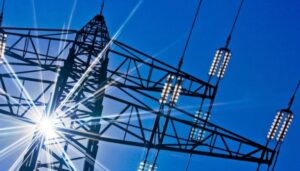
Slovakia is ready to allocate approximately EUR 84 million in loans and grants for the implementation of projects to restore and develop the infrastructure of NEC Ukrenergo.
The company announced this on Friday, citing investment director Oleg Pavlenko.
“In particular, we are talking about the construction of a new high-voltage line in a region that has been severely affected by Russian shelling, the construction of a new Ukrenergo substation, and the reconstruction of an existing one,” he said.
According to Pavlenko, the implementation of each of these initiatives is very important for the system operator, as these measures will significantly strengthen the stability of the Ukrainian energy system.
UkrEnergo executives discussed the implementation of joint projects and the possible participation of Slovak businesses in the restoration of Ukraine’s energy sector with representatives of the Slovak government. In particular, they discussed attracting infrastructure investments under the European program to support Ukraine, Ukraine Facility.
The implementation of projects to restore Ukraine’s energy infrastructure with the support of Slovak partners will be administered by the Export-Import Bank of the Slovak Republic and the Slovak Development Agency with the assistance of the country’s government.
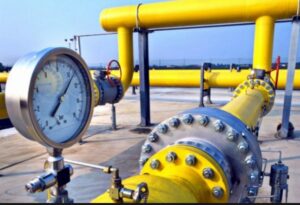
Ukraine has started importing gas via Slovakia, according to a Facebook post by Serhiy Makogon, former head of the Ukrainian Gas Transmission System Operator (OGTSU).
“Previously, imports came from Hungary and Poland, but the cheaper Hungarian route is already fully loaded, so suppliers are forced to buy more expensive capacity from Slovakia,” he wrote.
According to the former head of GTSOU, the average daily import is currently around 14.5 million cubic meters, but in order to accumulate 13.6 billion cubic meters by November 1, imports need to be increased by 2-3 times. At the same time, Slovakia has the largest import capacity – 42 million cubic meters per day.
As reported with reference to Makogon, in order to achieve last year’s planned targets for gas reserves in underground storage facilities (UGS), Ukraine needs to import at least 5 billion cubic meters by November 1, i.e., approximately 870 million cubic meters per month or 29 million cubic meters per day.
He noted that $2-2.5 billion is needed to import the minimum 5 billion cubic meters, of which $0.4 billion has already been provided by donors and may be provided further. At the same time, he believes that funds for gas purchases can also be found within the country, in particular from the budget through direct recapitalization of Naftogaz or through debt repayment schemes involving mutual settlements.
According to Gas Infrastructure Europe (GIE), Ukraine switched from gas withdrawal from underground storage facilities to gas injection on April 17. According to them, this season’s withdrawal lasted from November 1, when there were 87.037 TWh (8.315 billion cubic meters) in UGS facilities, and ended on April 16 at 7.062 TWh (0.675 billion cubic meters) – the lowest level in history.
GIE indicates that this year Ukraine ended the heating season with reserves at 2.22% of the maximum UGS capacity, while last year the withdrawal season ended on March 30 with reserves of 11.12 TWh (3.388 billion cubic meters), or 11.12% of the UGS capacity.
In turn, according to former Energy Minister Olga Buslavets, the total level of natural gas reserves in Ukrainian UGS facilities at the end of last week was 6.1 billion cubic meters (including 4.7 billion cubic meters of “buffer gas”), which is 31% lower than last year.
Over the past week, net gas imports to Ukraine (excluding short-haul) averaged 14.4 million cubic meters per day (from Hungary and Poland), while daily gas consumption in Ukraine rose to 30-33 million cubic meters per day, according to the European platform. per day (from Hungary and Poland), while daily gas consumption in Ukraine increased to 30-33 million cubic meters per day, which, according to the European platform
Agregated Gas Storage Inventory (AGSI), allows no more than 27 million cubic meters per day to be pumped into UGS facilities.